On a recent post on social media, someone new to the whisky world asked for what a favorite Japanese whisky was of the group. They got a response of a bunch of single malt distilleries, and this caused a great deal of confusion. The truth is, the posters forgot to mention all the Canadian whisky that also goes into a bottle of Japanese whisky!
After being part of a fourteen-person panel that judged hundreds of samples from artisan distilleries from across Canada, I have some thoughts on distilleries in Canada. Spoiler—they’re all positive.
Glencairn is the original whisky glass. To mark their 20th anniversary, they’ve released a limited number of colourful whisky glasses:
Sick of Black Friday yet? LCBO is joining the Black Friday craze. I’m highlighting my personal favourites from the list of whiskies. Use the promo code BFCM2019 at check-out to get these discounts. Shipping is free for orders over $200.
Only 1,000 of these unique Black Glencairns are being produced. It’s a limited run product that’s completely sold out, but there are still chances to win a pair through various partners (including this website) that Glencairn is working with.
Mark Reynier and the Waterford team have launched a whisky terroir project with the intention to prove terroir. Along with the results of this three year study, they plan to release their first bottles of whiskies in early 2020. These whiskies will be terroir focused, with each brand coming from one specific farm. Later, they’ll release the cuvée style whisky that’ll be a mix of many farms from a specific vintage.
What’s with the *e* in whisky?
When noting American and Irish whisky, a sense of tradition obligates writers to add the extra vowel. But how traditional is the extra letter? The truth is the use of the *e* has less to do with tradition and more to do with marketing.
Lot No. 40 Cask Strength is Canada’s version of George T. Stagg in rye format—it’s a powerhouse rye with plenty of peppery notes, deep new oak caramel flavours, and a wallop of herbal notes, orange citrus, and other complex flavours.
It’s time for blunt talk: Today’s whisky enthusiast is (generally) not a fan of Collingwood whisky. This is a whisky for a casual whisky drinker—the whisky drinker who has a few pours a month. The sort of whisky drinker that doesn’t need to describe a whisky in any other adverb but ‘smooth.’ This is a big market, and Collingwood deservingly sells plenty of whisky!
Bearface has a brand goal to flip the script on what we consider blending. The Wilderness Series is the start of their story, a clear direction in where they’re going, and an understanding of the market.
Lot 40 Cask Strength whisky enjoys a cult following among Canadian whisky drinkers, one that is spreading worldwide as it continues to win awards. Lot 40, in all varieties, is 100% rye whisky. It’s aged in new oak and is more similar to American ryes than traditional Canadian ryes.
At first glance, it seems crazy to call Knob Creek 9 an underrated Bourbon. It’s been a successful brand for decades. And yet, the newly released 9 Year Old is a more modern take on Bourbon, especially when compared to the one discontinued in 2016. That’s my take. It’s going to gather even more fans.
The winner of the 2021 Canadian Whisky Awards happens to be the oldest Canadian whisky (likely) ever sold. Aged for 43 years, Canadian Club is a twist on age statements and themes.
Templeton Rye is not (what most people would consider) a real rye. It is, though, legally a rye. It’s just not a straight rye which is what most people assume when they drink rye. It’s history is largely 💩. It’s not the first whisky with a questionable past, and won’t be the last, but Templeton has the distinct honour of being sued for their dishonesty. It stands along side with Tito’s Vodka claims to be hand made. Tito’s continues to be the best selling brand in North America, so I just 🤷♂️ at that, and whether it matters at all.
Wee Beastie. The name is adorbs. The single malt scotch is aged for five years, two years longer than minimum. Non-chill filtered, no added coloring, and no cask finishes—matured in a mix of European (Oloroso) and American oak. And to quote Bry Simpson, the Canadian Brand Ambassador’s, favorite phrase: “It’s a banger!”
The source of this rye makes for an interesting story, but in the case of Barrel Rye Batch Three, it’s a footnote rather than a defining characteristic. One might hear that this batch is a blend of ryes from Tennessee, Indiana, Poland, and Canada and think it’ll taste otherworldly or weird or funky. It does none of those things. It tastes like a terrific American cask strength rye, with a floral (almost Lot 40 rye-like) nose to it. It’s a beautiful blend.
Barrell Bourbon uses their large stock of procured barrels, and blends the best complimentary set of straight bourbons. Each batch is different, and each batch is uniquely created toward a specific flavour profile.
Lisa Wicker is taking Widow Jane Distillery in an interesting direction with the Vaults series. Like with other Widow Jane Bourbons, its a blend of multiple producers, but this series is finished in staves that have been seasoned for eight years. From the perspective of flavouring, there’s a lot going on, and it all fits in nicely.
This Brooklyn distillery has undergone a few changes since I last wrote about them. The distillery is under new ownership, and they’ve hired Kentucky’s Lisa Wicker as their head distillery (Lisa was more recently named the president as well). Under new management, gone are the criticisms of the past.
Over the last decade, whisky tastings have changed dramatically. If the crowd is older, you’ll often find pipettes and distilled water as part of the tasting experience. Younger whisky drinkers, though, often prefer cask strength varieties and wouldn’t dream of watering down their lower proof (45% ABV) whiskies.
Competitive drinking is tough. After college, anyway. And, no, I don't mean to drink as much as possible in a short period of time. I mean, when it comes to judging whisky competitions with the purpose of scoring them on a 100 point scale.
Expensive single malt scotch isn’t for everyone, but when you’re shopping at a price-point of over $100 Canadian, it’s important to get the right expensive single malt scotch.
Premium pre-made cocktails have their place in the whisky world. Imagine arriving at a friend’s party, and bringing a bunch of Old Fashioned or Manhattan cocktails that just need to be poured over ice. It’s so sensible.
Fall is, for many in the whisky industry, known as whisky season. This season accounts for a majority of whisky sales for the year. That also means, the LCBO has plenty of whisky offerings to satisfy gift buying consumers. Let’s have a look at some of the best buys at the LCBO as of today! This is issue 1 of 3 or so, coming to you weekly.
The beginner’s guide to Japanese whisky can be summarized with five big issues, and one big draw:
Issue #1: It’s complicated. The Japanese whisky world is complicated. It’s very complicated. The legal definition of Japanese whisky is a lot more complex than the cultural expectations. But basically, to be called Japanese whisky, the whisky doesn’t need to be made in Japan. Trusting the producer is the first critical step. Buying second-hand single malt scotch whisky blended with Japanese spirit at inflated Japanese whisky prices is possible.
Some years ago, Jamie and I went to a whisky festival in Toronto where all the whisky tasted terrible. It all tasted the same. The conspiracist in me suspected the big name brand bottles were refilled with junk whisky. Later, though, I realized it was because of the glassware. The festival organizers used thick rocks glasses intended for cocktails and whisky on ice, but not for whisky poured neat.
Fellow Torontonian, Rob of Whisky in the 6, has a popular YouTube channel that features guests and whisky reviews. I came on the show. We talked about Poor Man’s Pappy (a mix of Weller’s 12 and 107), age statements on Scotch, and debated whether or not whisky changes in the bottle. Check it out!
The following list are whiskies to buy today, because they will be gone tomorrow. If you have a whisky friend on your gift list, any of these purchases will not only impress them, but they'll soon realize that they're not likely to see them at the LCBO again.
Kentucky and Scotland hate the B word. Mention it on Twitter, in Instagram, or during a whisky tour and they'll quickly tell you why you're wrong. "We don't blend! We marry the whisky in a vat." Yes, whisky particles are married, not blended. Despite the best-selling scotch in the world being a blend (Johnnie Walker), blended whisky has bad connotations going back to the 1800s.




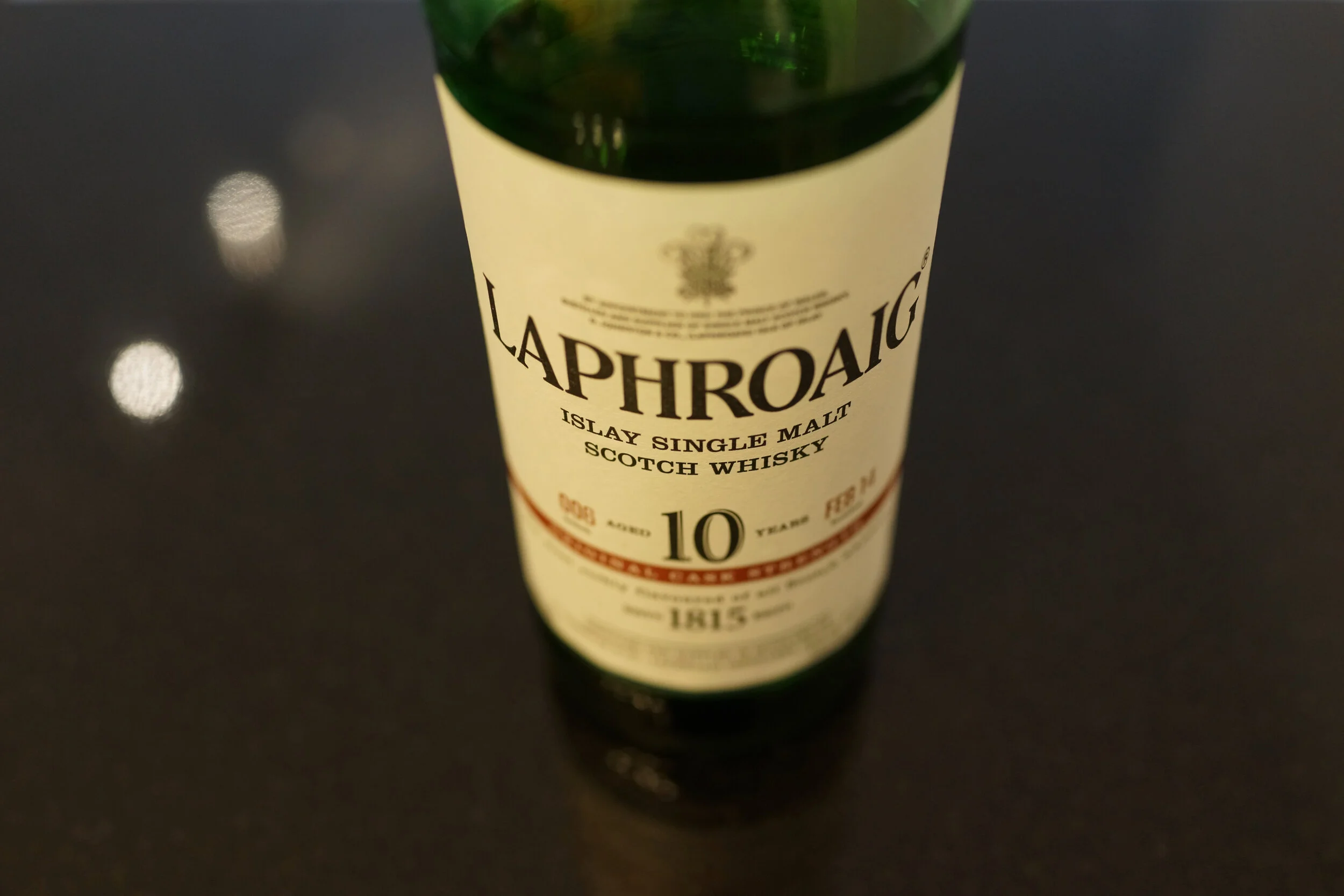

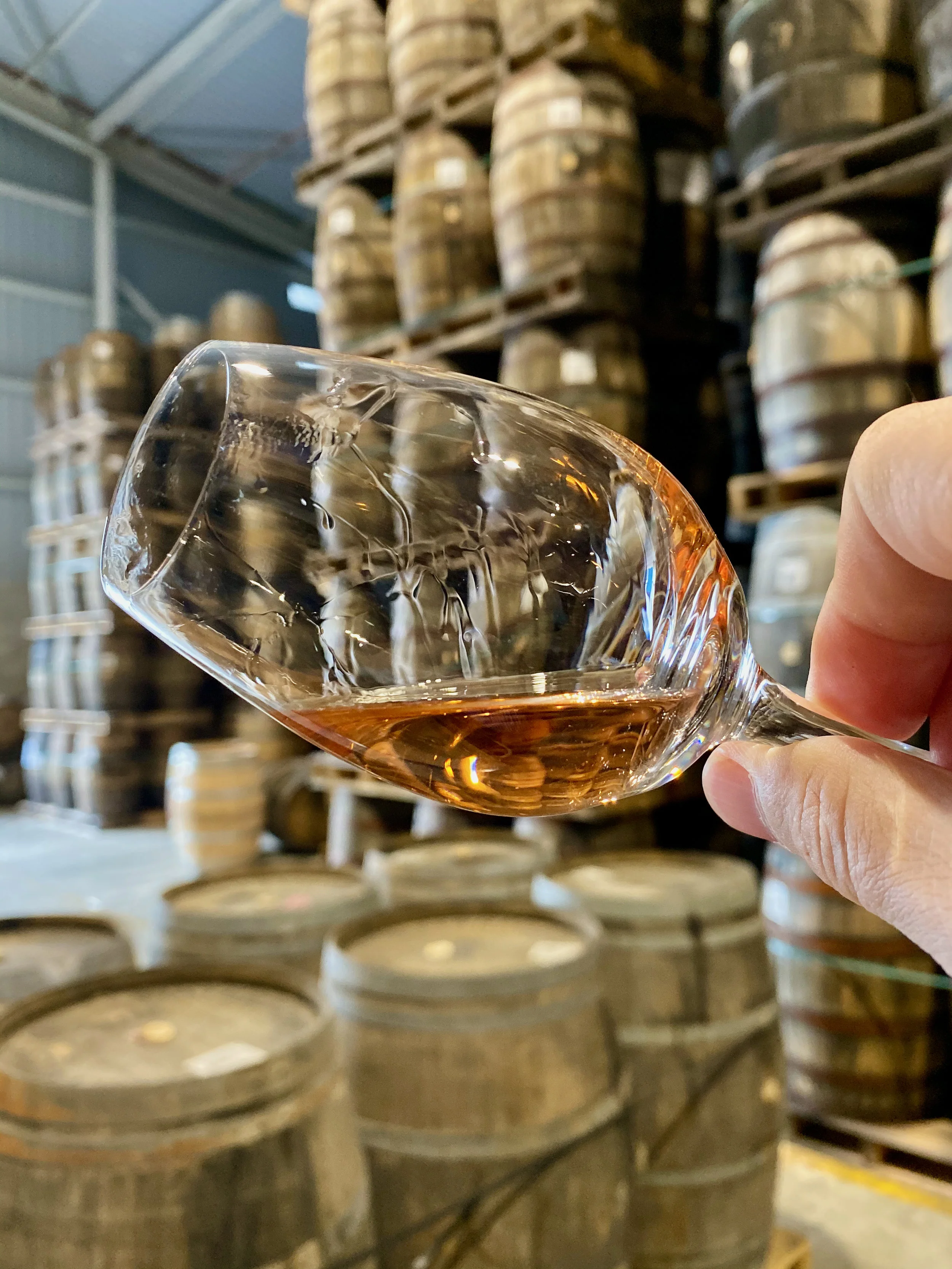

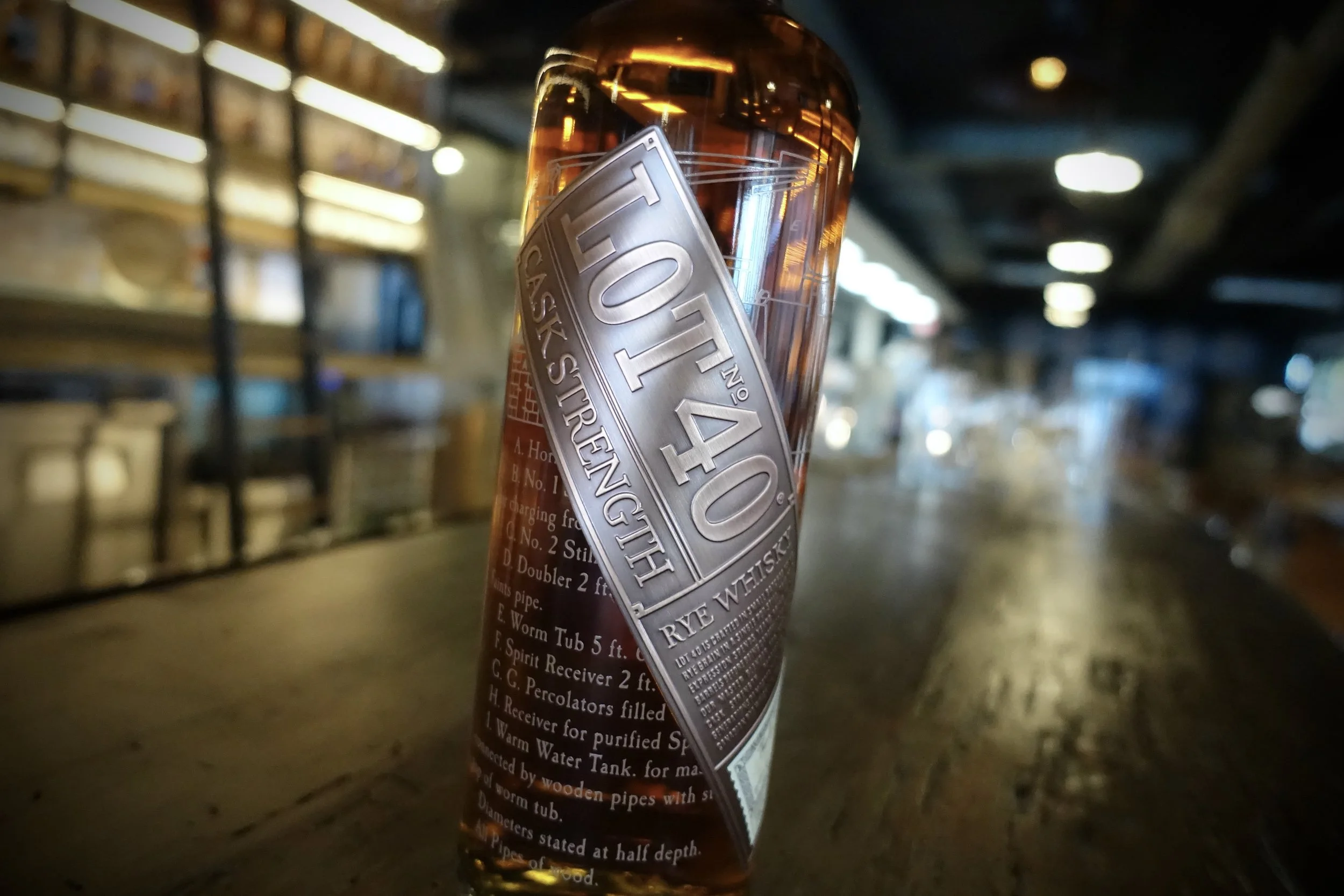


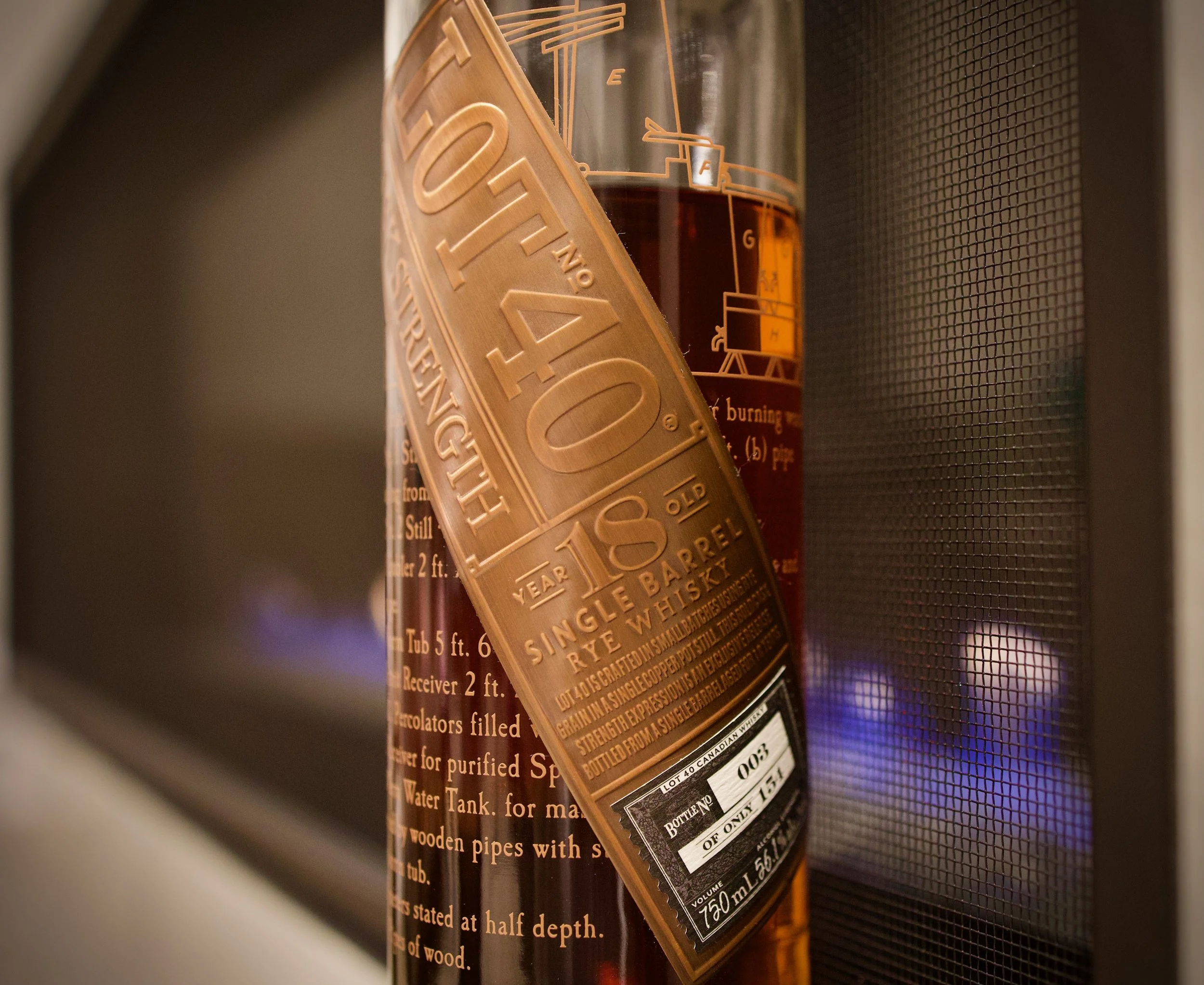

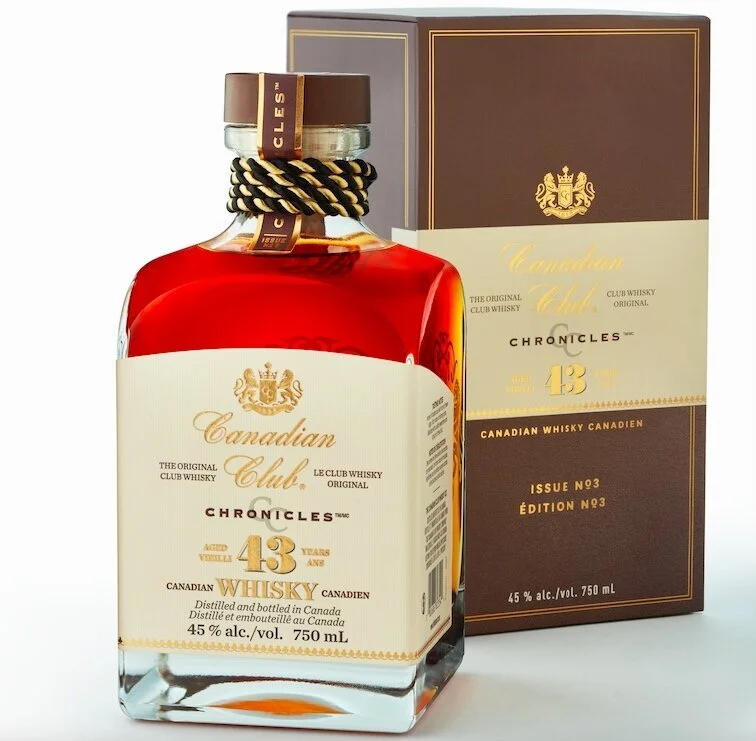
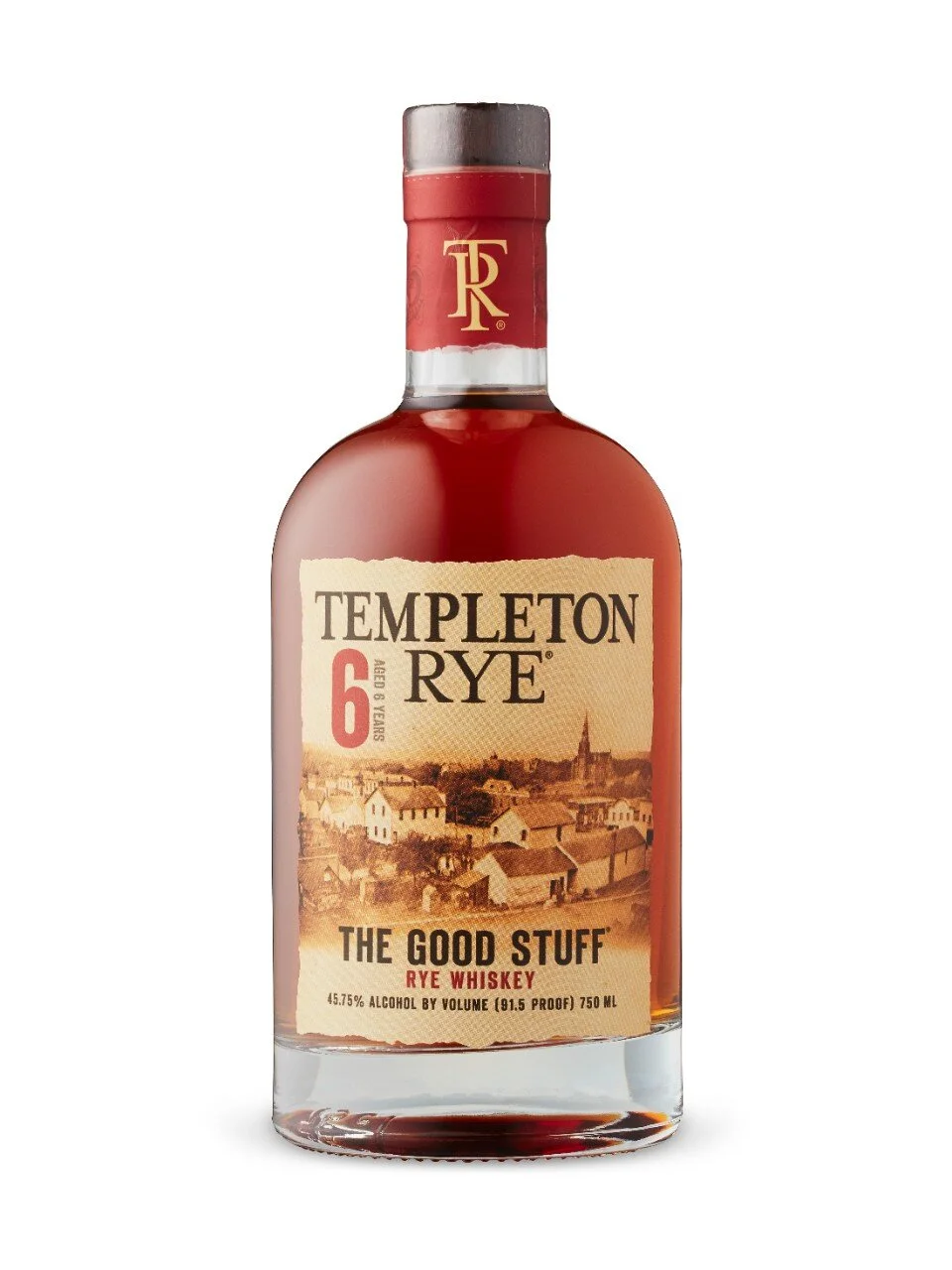
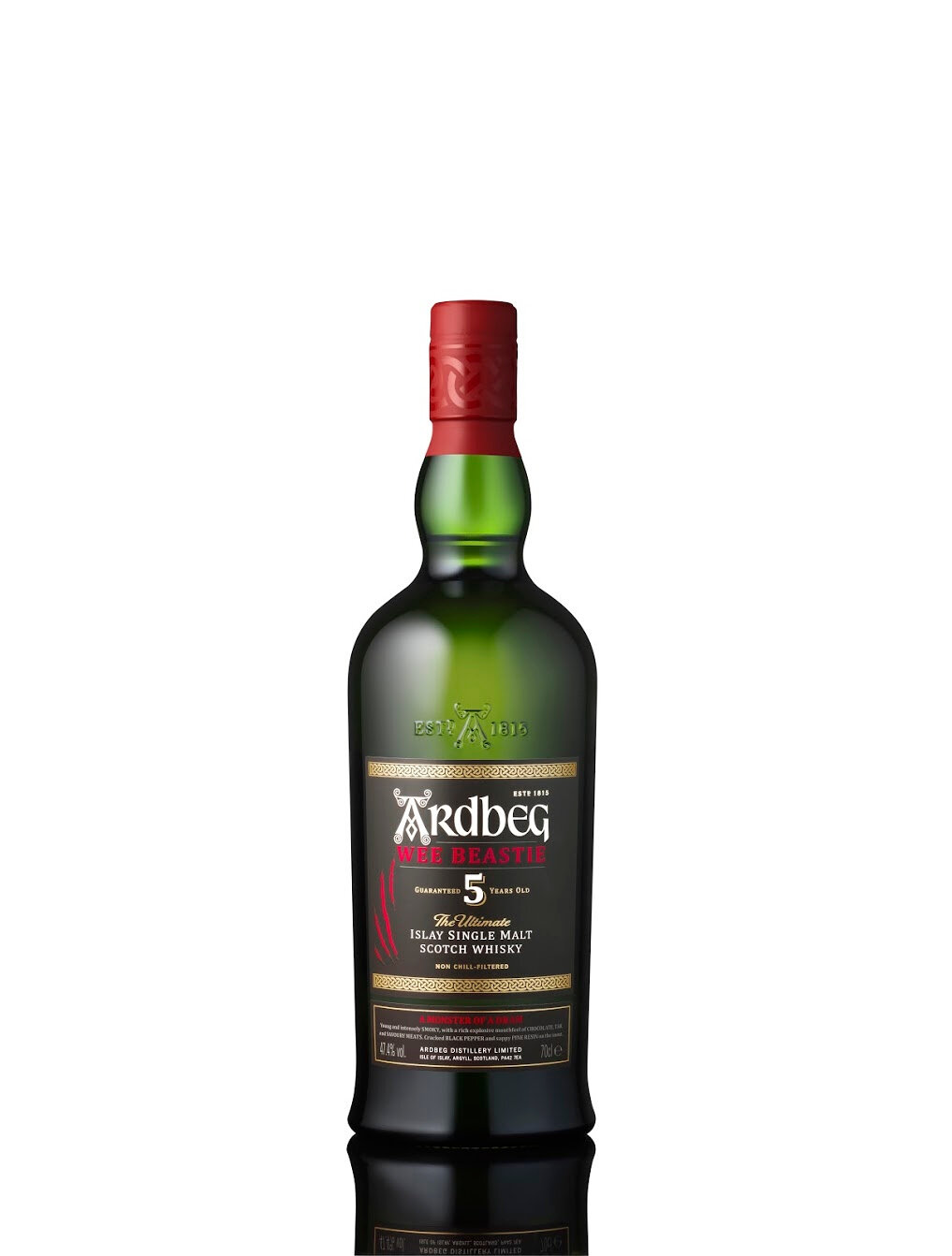
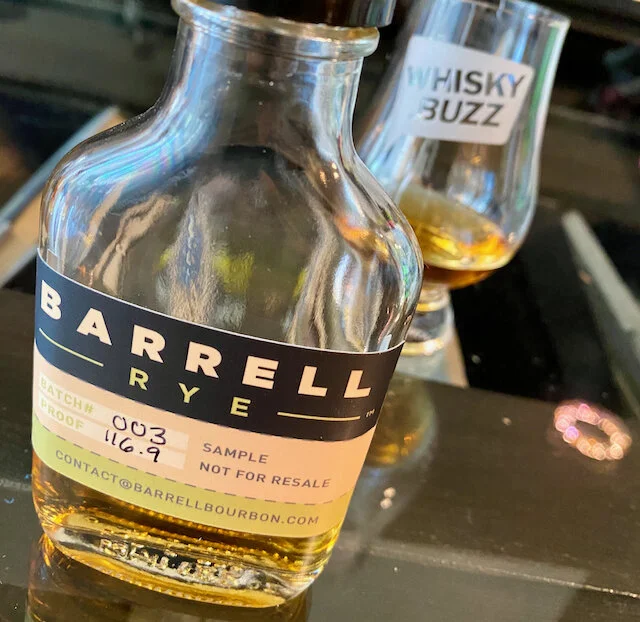
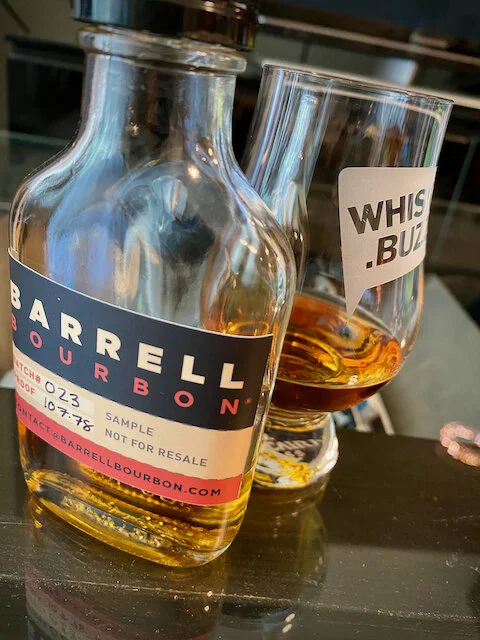
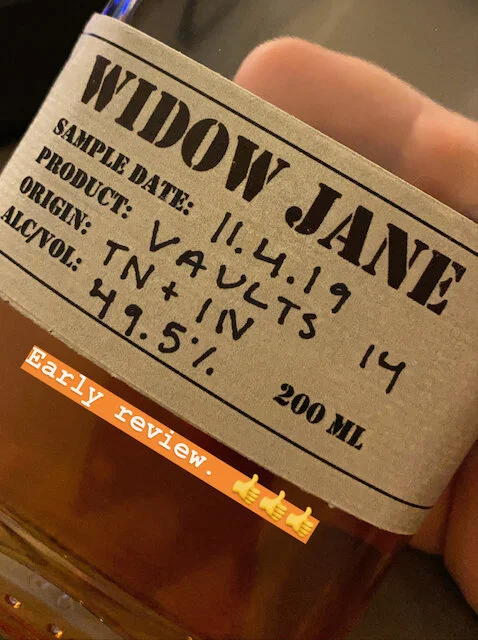
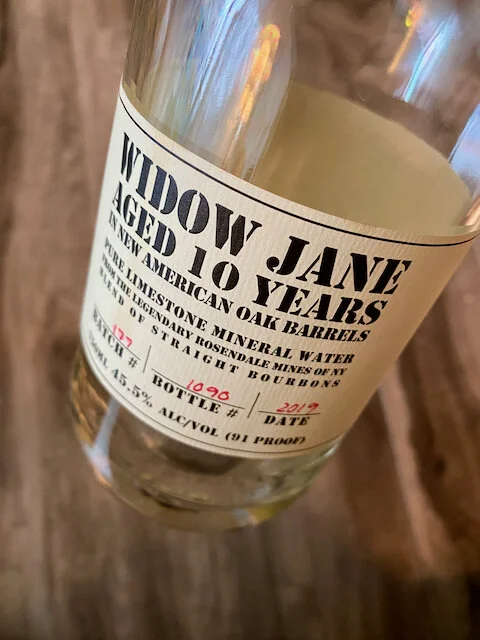
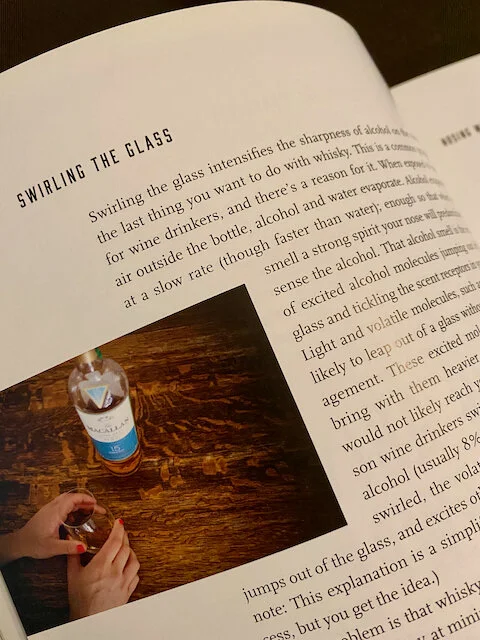
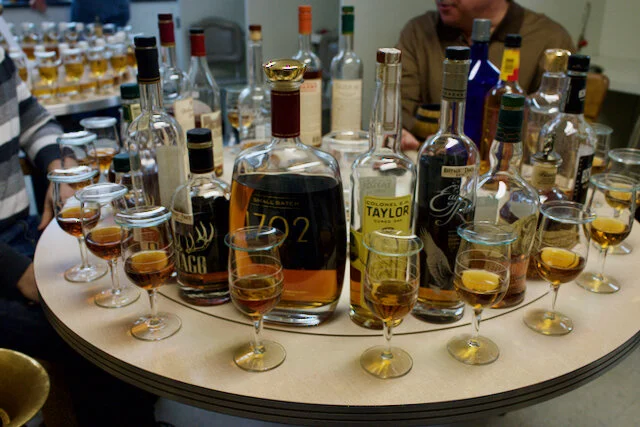
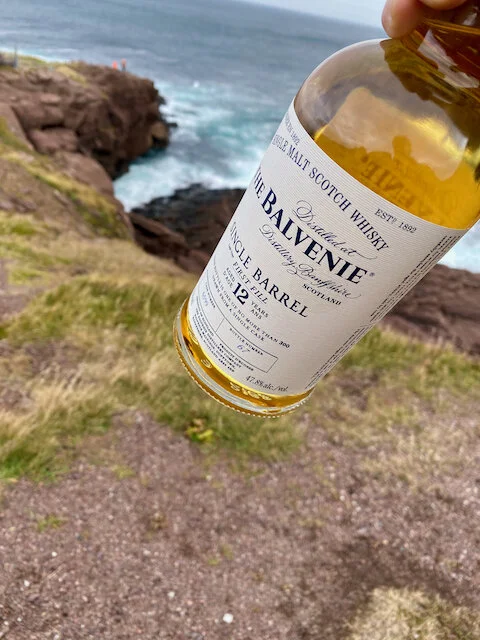
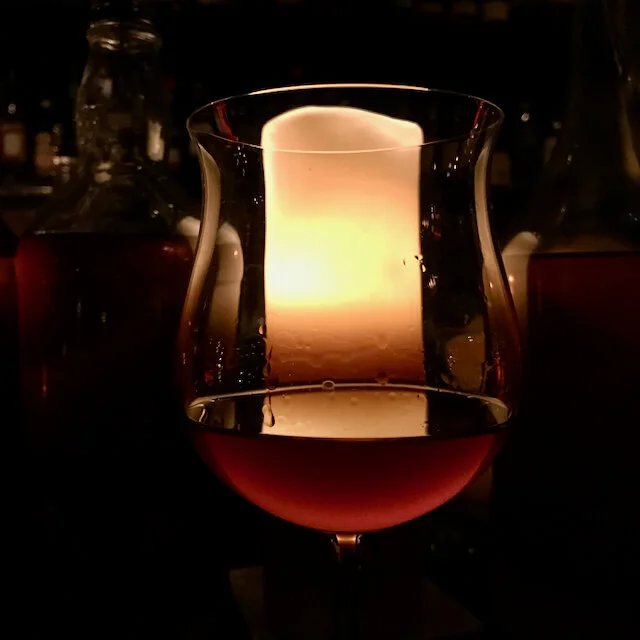

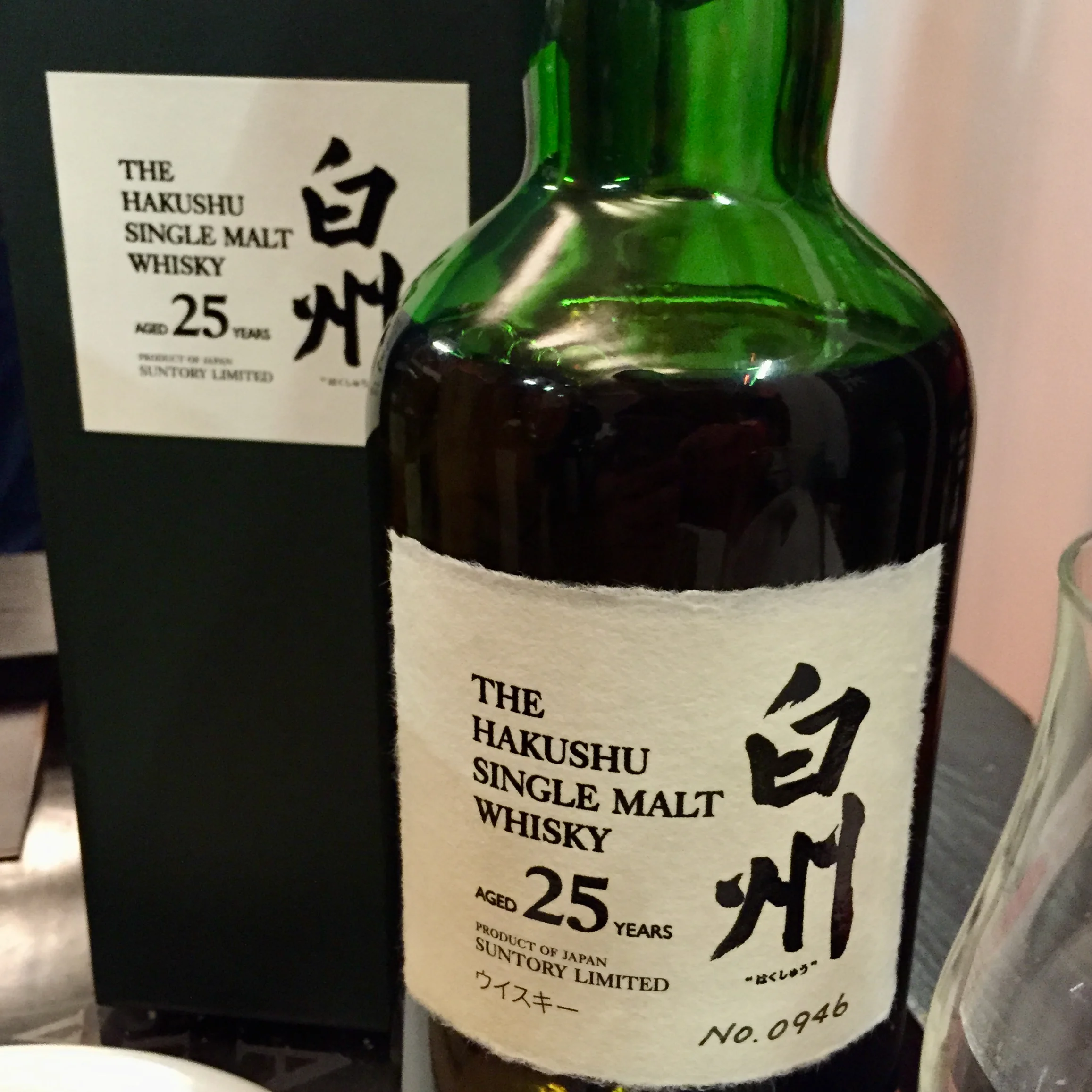






This limited $80 bottle released in 2011 has sold for as much as $1,000 on the secondary market. A blend of marketing and whisky making, it stands (almost) alone for its story.